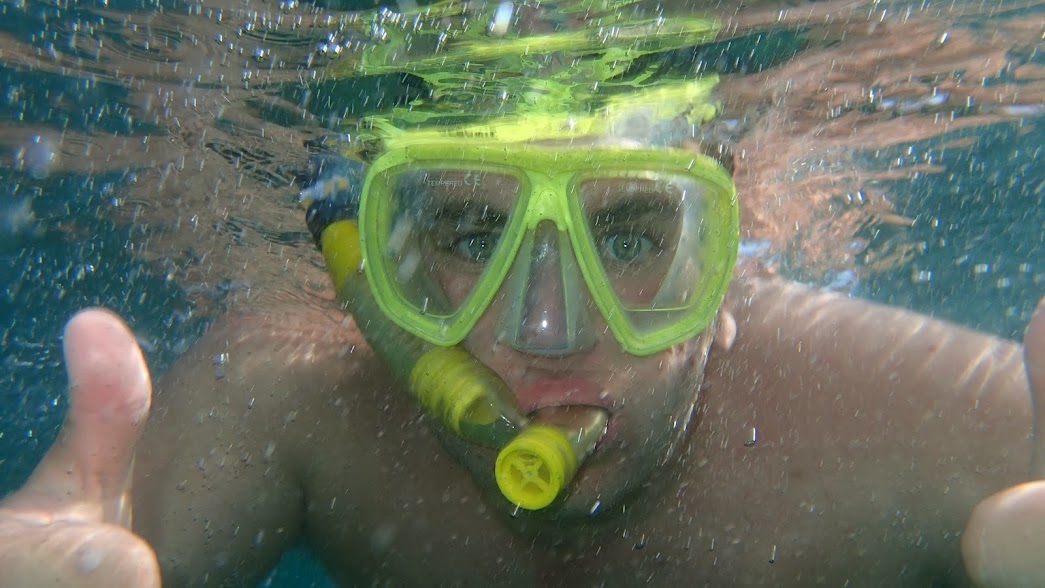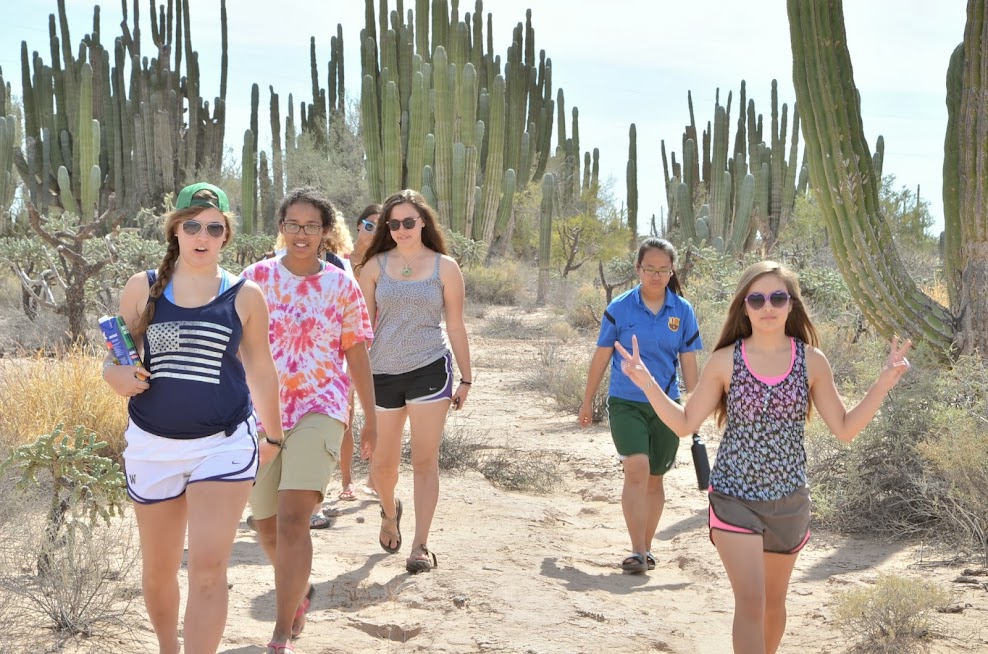Favorite moments and thoughts for future groups
Shoshone - My favourite moment was learning from Hector about whales in dolphins. It was really necessary to have some knowledge of marine life before we went on the boat Wednesday, because it helped me with identifying the animals. However, in the learning process I didn't write any notes down. It's a small thing that is beneficial, so take into account that it's handy whenever.
George - My favourite moment was listening to the Seri elder Alfredo speak to the myriad issues facing the area. I could understand much of what was said in Spanish, but I wish I had really invested myself into what he was saying. I learned so much on this trip, and so many of my misconceptions about the natural world were clarified. Many of us were wrapped up in ourselves, and I am no exception. We all learned and thrust ourselves into the setting, but our focus waxed and waned. I wish I had the better fortitude and mental endurance to maintain that investment.
Libby-My favorite moment on this trip was going out on the boat to go whale and dolphin watching. We saw a bunch of long beaked common dolphins as well as bottle nosed dolphins. We also saw two whales and a couple of sea lions. The boat ride itself and being on the water was a lot of fun. We got to learn a lot about marine wild life and practice our Spanish a little bit with our captain as well as the other couple of Spanish speakers. I would always take a lot of sunscreen because everyone underestimated the sun.
Caleigh- I had two favorite moments on this trip. The first was the day on the boat because I had never been on a boat like that before for an entire day. We saw, as mentioned above by Libby, a bunch of really neat wildlife, both above and below the water. The acrobatic dolphins were probably my favorite, with my least favorite being the jellyfish...their stings are not that friendly! My second favorite moment was when we visited the Seri village and Punta Chueca and got to talk to Alfredo and his wife CleoTilda about their lives, culture, and creation story. My advice to other students on this interim would be to, as Libby said, bring more sunscreen than you think you need, especially if you're as pale as me, and secondly I would say to take advantage of the opportunity you have been given through being here. Take the time to go explore the library, read some books, go talk to the convenience store clerk at the Super T, be present, and have a great time!
Riley- My favorite moment on this trip was snorkelling. I had never snorkelled before and being able to see all of the sea creatures face to face was really neat! I froze, so if you get cold make sure to wear a lot of neoprene. Make sure to get up early to see a sun rise here, and also be sure to be on the beach (with your camera) for a sunset. Jorge's fish tacos are really good, and make sure to try all of the fresh sea food. I ate lettuce apples and tomatoes, and didn't get sick. I wouldn't drink the tap water in large amounts though. Finally don't be afraid to touch the jelly fish, they only sting a little.
Nicole- My favorite moment on this trip was going whale watching. We spent the entire day out on a boat, visiting islands, and looking for marine life. We saw two Orca Whales that we swimming together, a few sea lions, and two pods of dolphins.

Veronica- My favorite moment on this trip was going whale and dolphin watching. It was super cool when the dolphins were racing us, or when they would swim on the side of the boat and then jump up and splash us. I also really enjoyed snorkeling, especially because it was my first time doing so. My advice to future students interested in this interim is to take advantage of being here because it is a good trip to go out of your comfort zone and try new things. Also eat as many tacos as you can because they're super good and they're sexy.
Lexie- I had so many amazing experiences on this trip, mainly because it was my first time out of the country. woop woop! My favorite moment of this trip was when I took twenty minutes to sit down and talk to Alfredo, one of the Seri Indian Tribe elders. He told a few of us the Seri's creation story, the way the Seri's were before they became the western idea of civilized, his favorite types of tea, the way he worships his God, and customs of the Seri culture. The most powerful aspect of this was Alfredo's eyes as he spoke about his beliefs and as he shared his knowledge. Though I didn't understand a word of what he said, his wisdom and kindness was palpable. I have a few pieces of advice for future Kino travelers. Keep in mind that card that they give you at customs, the one with the stamp and stuff, you should probably keep that.. it turns out that it's important. Also hit up the beach often, but put sunscreen on, and don't get burnt on the first day. Don't forget your pillow at the hotel. Get the menz.
Chengcheng Han-Favorite part of the trip-Looking at the sunset from the beach. It is totally different from the sunset in Colorado in a way that one is setting at the back of the mountain and another is at the endless sea. Thoughts for future groups-If you have really bad eyes, please remember to bring your contact lenses. It will be really useful for snorkeling.

 |
| ¡hasta luego! |

































































